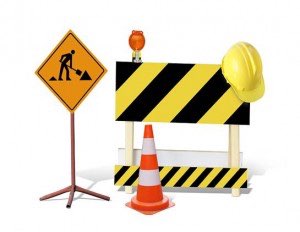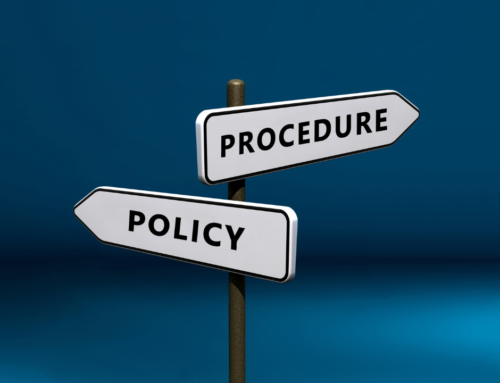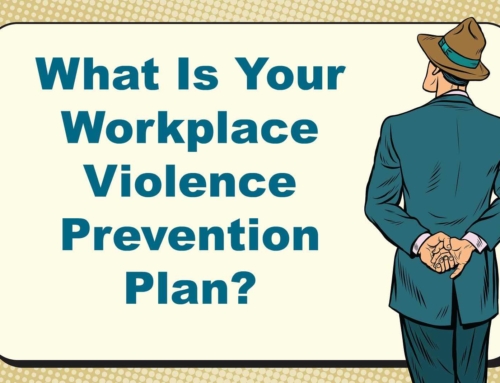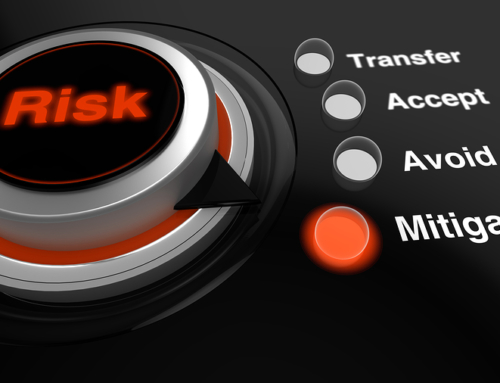 Workplace Violence Prevention: Using A Cool Tool To Identify
Workplace Violence Prevention: Using A Cool Tool To Identify
Hazards And Assess Risk!
With respect to Workplace Violence Prevention, in British Columbia, Canada, WorkSafe BC describes the need to conduct a Risk Assessment in Section 4.28 of their Occupational Health & Safety Regulations.
It states:
(1) A Risk Assessment must be performed in any workplace in which a risk of injury to workers from violence arising out of their employment may be present.
(2) The RiskAassessment must include the consideration of
(a) Previous experience in that workplace,
(b) Occupational experience in similar workplaces, and
(c) The location and circumstances in which work will take place.
So how does one assess the risk, bearing in mind that every workplace is unique?
If your Workplace Violence Prevention Program is going to address the risks that are faced by employees, a Risk Assessment is utilized to identify what those risks are, and should be considered a critical component of the process.
Often, a Risk Assessment Team can be designated from the Occupational Health & Safety Committee. This Team would be responsible for defining the risk assessment process, identifying and recommending employee education training on the issue of Workplace Violence, planning and implementing a response action guide to incidents of violence if and when they do occur and also communicating with employees regarding the development of the program.
The elements of the workplace that must be assessed MUST include, but are not limited to, the following elements:
The Nature Of The Work Activities:
Example:
Handling cash, dealing with customers/clients face to face, etc
Working Conditions:
Example: Working alone, early morning/late at night, remote locations, working in a location under control of the customer/client, the neighbourhood where the workplace is situated (high crime area), etc.
The Design Of The Workplace And Surrounding Environment:
Example:
The physical layout and design of the workplace, the geographic location of the workplace protective measures (including security measures) that may already be in place, etc.
The Frequency And Type Of Situations That Present A Risk Of Workplace Violence:
Example:
A review of workers compensation claims, incident reports maintained by the employer, medical records, insurance records, police reports, accident investigation reports, union grievances, any other relevant information, etc.
Interviews/Surveys with employees regarding their experiences of workplace violence that may or may not have been previously reported or their perceptions of their safety:
Example: Employees sometimes do not report incidents because they feel that employers view some situations as ‘just part of the job’ or have not been taken seriously previously since they were not actually touched, struck or injured etc.
The Risk Assessment should also attempt to review the trends in workplace violence as they relate to other similar workplaces or industries.
The report that is to be completed following the Risk Assessment must include the review of the results of the Risk Assessment together with any recommendations that result from the assessment. It is critical that if ‘gaps’ are noted during the Risk Assessment process, that those are given significant priority in terms of the changes undertaken.
It is not an easy task to know where to begin with assessing risk and it certainly helps to be shown some options, which is what I want to do here.
A useful tool to assist with this risk assessment stage is a grid that is used to predict the probability and severity of foreseeable risks. It is widely used when conducting organizational and community Hazard, Risk and Vulnerability Analyses.
Take a look at the particular hazards within your workplace…and decide what the “Probability” of a incident occurring is and then what the severity of the “Consequences” of that incident would be if it was to actually take place. Place a colour code (GREEN / BLUE / YELLOW / ORANGE / RED) beside the hazard that you are examining and do that for every
single one of the hazards on your list.
When you have gone through the list of hazards, you will be able to clearly see the issues that you should focus on trying to reduce or eliminate altogether.
This is just one of a wide variety of useful tools available for documenting the assessment of risks within a workplace by the sound and logical assessment of each hazard.
The focus of my next blog? Step 2: Decide Who Might Be Harmed and How?
Workplace Violence Prevention Is Serious Business!
Good luck……
Phil Eastwood






Leave A Comment